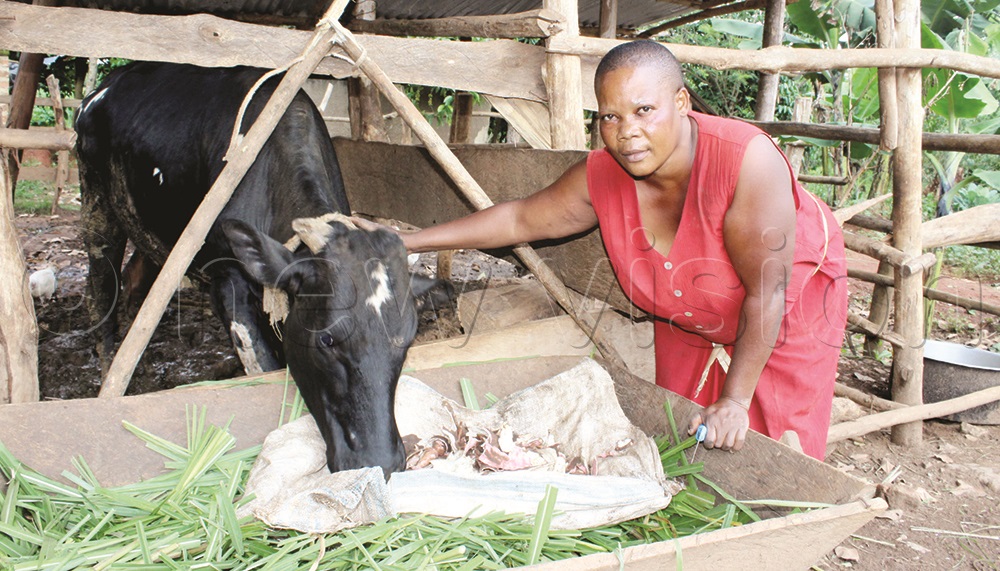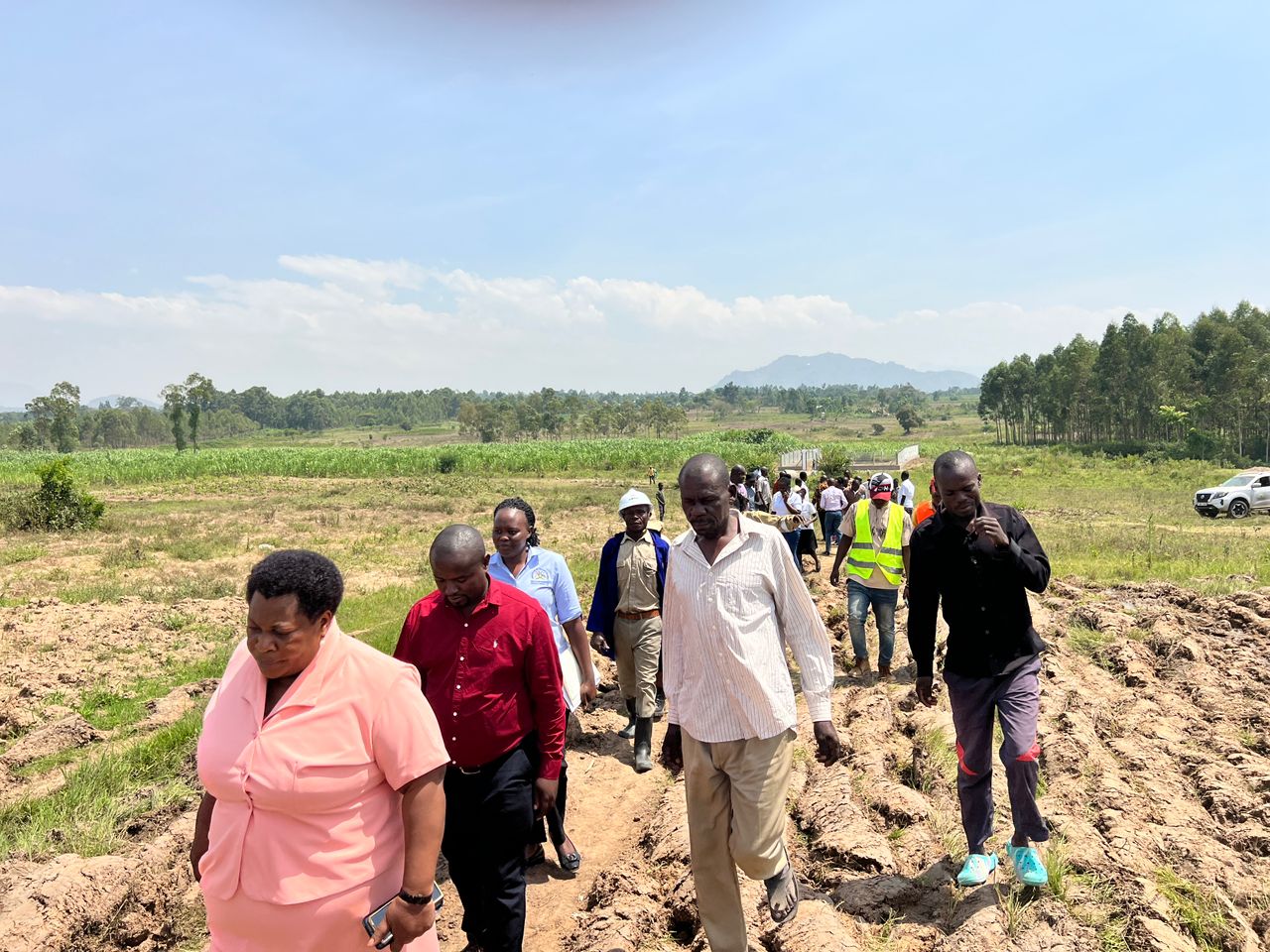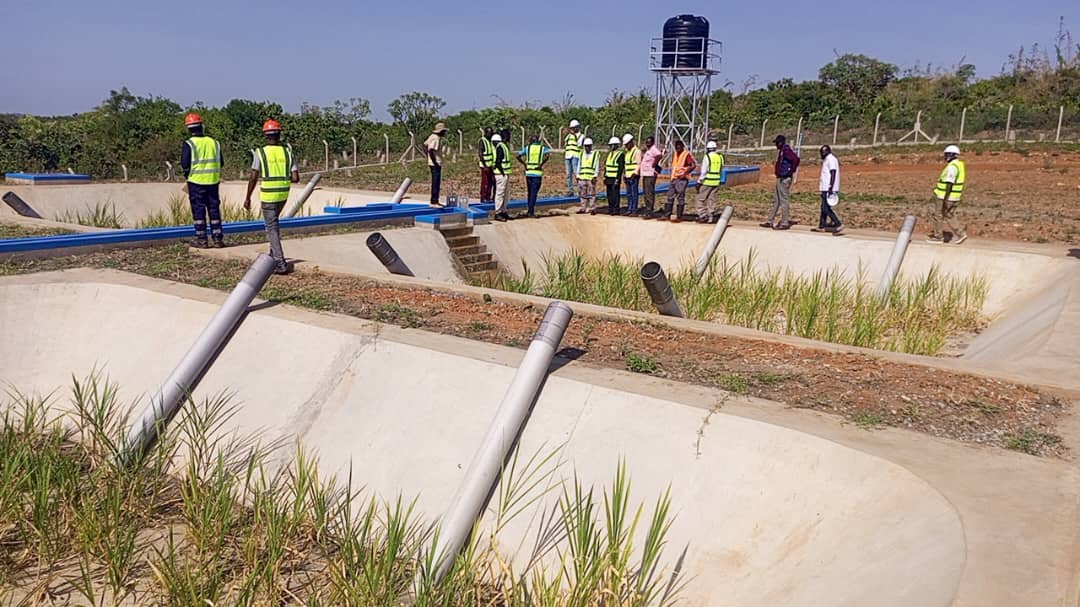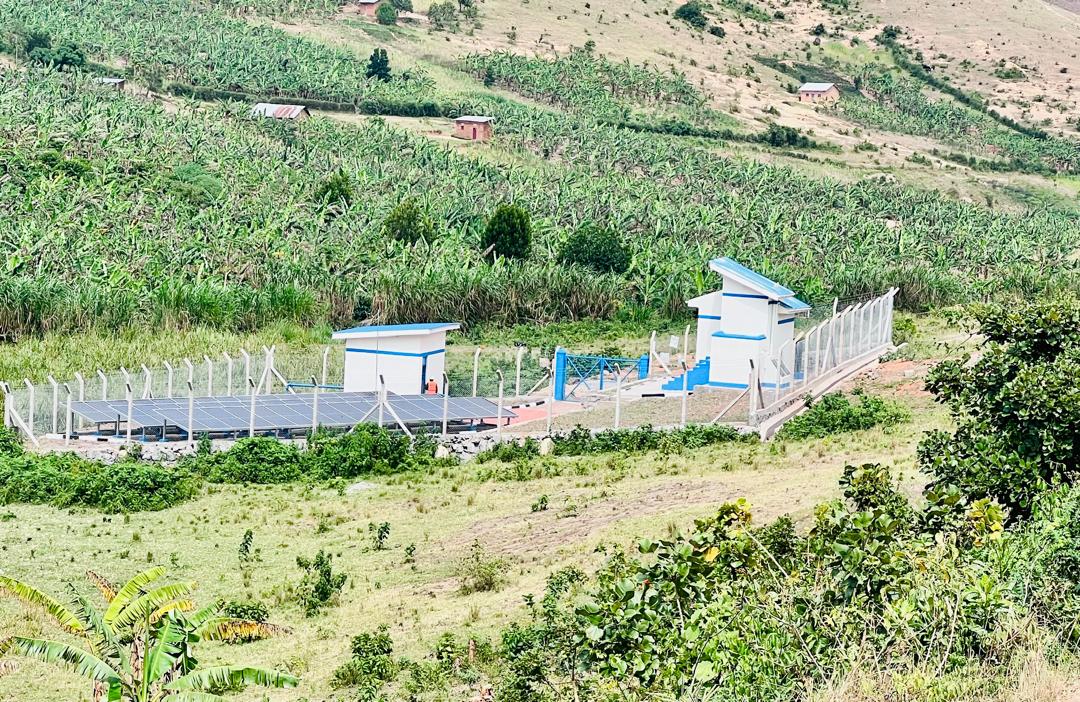
‘Pamela,’ the heifer that wipes out the tears of Kibuuku’s wetland users.
Till you pay keen interest, you may never know that ‘Pamela,’ as fondly referred to, is a
cow. Such is how much Mr Samuel Kaano, his wife, and his family value a heifer they
received under the Building Resilient Communities, Wetland Ecosystems and
Associated Catchments in Uganda Project, as an alternative livelihood option for
voluntarily vacating the Limoto wetland.
Kaano, a resident of Bugweri village, Bunyole parish, Buseta Sub County, Kibuku
district, received one heifer in 2020. The children later baptised the heifer, ‘Pamela’.
The Family’s love for ‘Pamela’ is conceivable. Having left the wetland, the Kaano’s had
the heifer as one of the main sources of income.
“You can visualise the love we have for ‘Pamela’. When we were asked to leave the
wetland, we were a bit sad because we knew our major livelihood, which is rice
growing, had been taken away. Later, we realised it was better after all. They gave us a
heifer. This heifer is everything to us now. My children, my husband and I all love
‘Pamela’,” Ms. Kaano, the mother of eight, explains. “All of us take good care of her.
Whenever my children return from university, they spend most of their time looking after
Pamela,” she adds.
Pamela has since given birth twice. At every birth, the family benefits from the sale of
milk and improved nutrition. Pamela gives up to six litres of milk per day. The milk is
sold to meet other domestic needs, such as medical and educational bills. The Kaanos
have so far cashed in shs 1000,000 from Pamela’s firstborn, whose income has helped
further payment of school fees, explaining the excessive love the family has for
Pamela.
Despite the great attachment the family has for ‘Pamela’, the Kaanos are concerned
that she is giving them little compared to the care they give her. “Six litres of milk are too
few. We are wondering why this cow only gives us that little. Could it be that we are not
taking good care of her, or could it be that the breed is not good enough to give us much
milk? At least if we could get more than ten litres per day, we would be so happy to
come out of poverty,” she adds.
The Kaano’s also wish that if they could only understand why their productivity is still
low, or better still, receive guidance on how to improve on the current breed, their
livelihood would tremendously capsulate to better levels. They desire to at least have
three heifers with high milk production capacity.
 Official Website of the Ministry of Water and Environment
Official Website of the Ministry of Water and Environment



